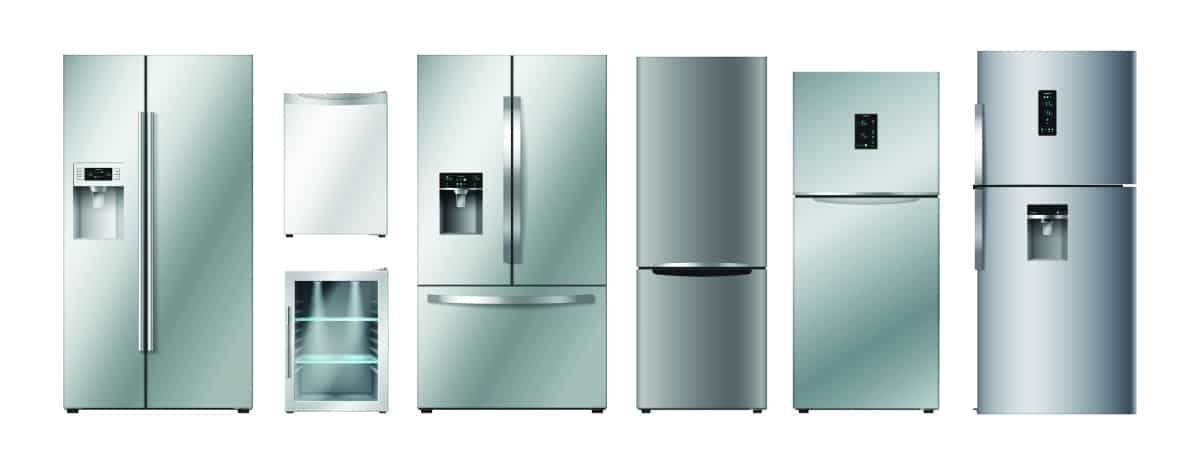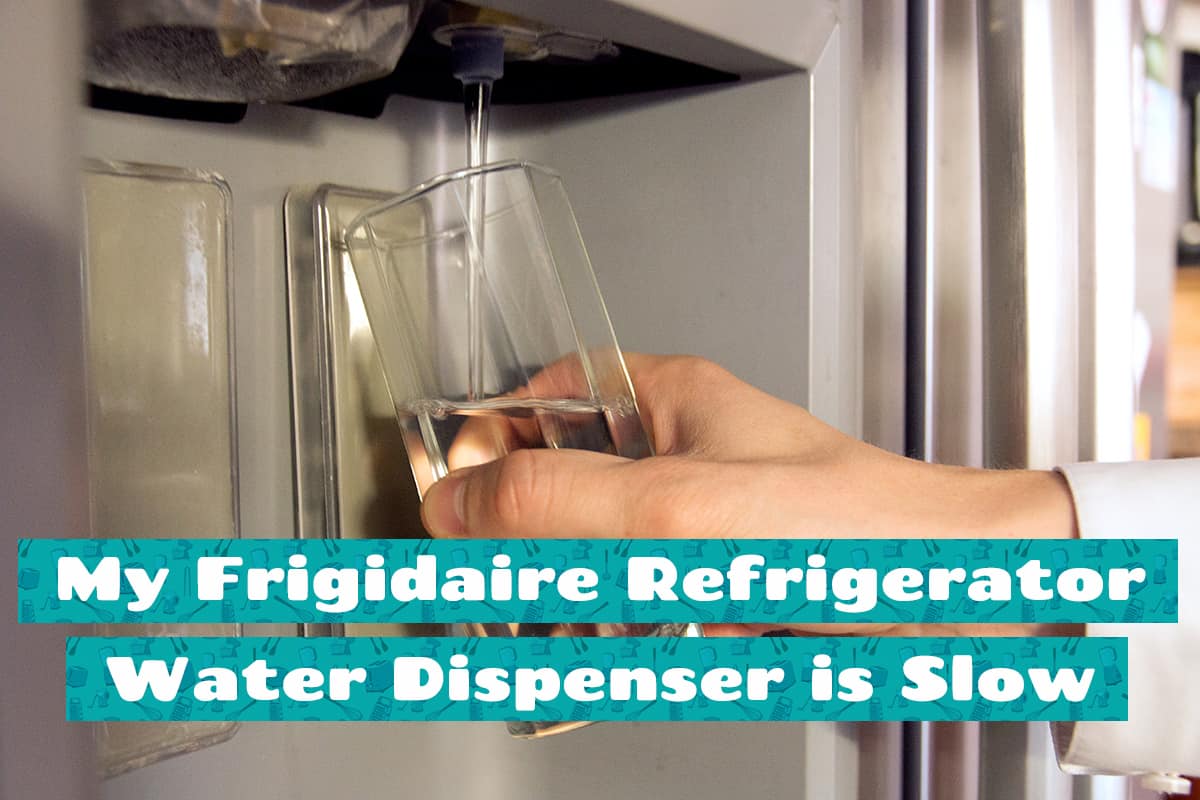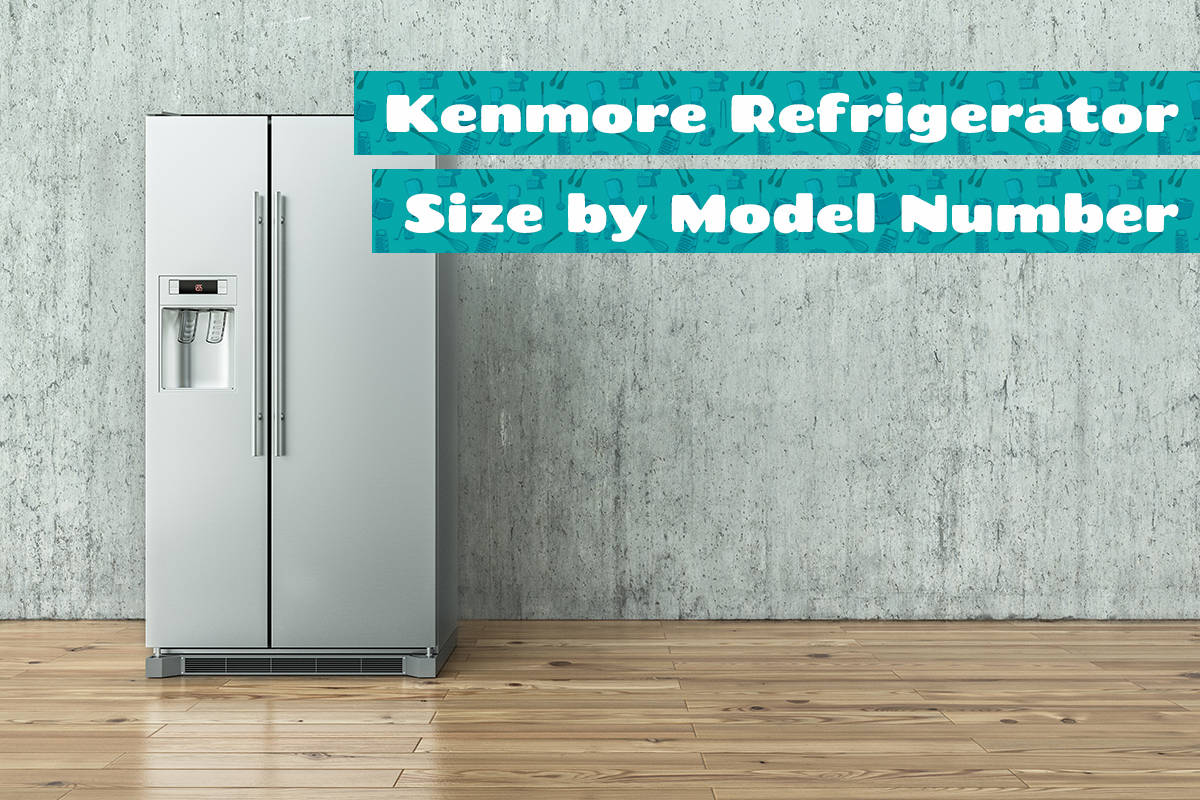Refrigerators are central to our daily lives and food storage needs. They work diligently behind the scenes, keeping our perishables fresh and our beverages cool. However, an overlooked aspect of fridge care is the adequate provision of ventilation space.
Generally, a refrigerator requires a minimum of 1-2 inches of space on each side and at the top, and a space of 2-3 inches at the back for ventilation.
In this guide, we’ll discuss the science of fridge ventilation, how to tell when your fridge isn’t getting proper ventilation, and provide practical tips on how to measure optimal ventilation space.
Why Your Fridge Needs Space
A refrigerator operates on the principle of heat exchange. It absorbs heat from the food items inside and expels it outside, thus keeping the interior cool. The fridge employs a coolant—a special substance that absorbs and releases heat as it transforms between a gas and a liquid. This coolant circulates through a system of tubes and coils, collecting heat from the fridge’s interior and releasing it outside.
This heat exchange process creates a thermal load on the fridge’s exterior, which must be efficiently dissipated to ensure optimal operation.
This is where ventilation comes into play. Without sufficient space around the fridge, the expelled heat becomes trapped, causing the refrigerator to work harder to maintain its internal temperature. This can possibly lead to higher energy consumption and increased wear on its components.
Ideal Ventilation Space for Different Types of Fridges

The required ventilation space can vary based on the type of fridge you have. While the basic principle of heat dissipation remains the same, different fridge designs handle this process in slightly different ways.
For Top-Freezer Refrigerators
The compressor and condenser coils are usually located at the back, expelling heat away from the fridge. These models typically require a minimum of 1 inch of space on the sides and top and about 2 inches of space behind them for proper ventilation.
For Bottom-Freezer Refrigerators
In bottom-freezer models, the compressor and coils are still at the back, but the freezer compartment’s location may result in slightly different ventilation needs. While the side and top spacing requirements remain the same, it’s beneficial to have a bit more space at the back—around 2-3 inches—for optimal heat dissipation.
For Side-by-Side Refrigerators
Side-by-side refrigerators, with their freezer and fridge compartments adjacent to each other, also generally require about 1 inch of space on the sides and top and 2-3 inches at the back. However, because of their larger size, ensure that the front grille and rear vents are not obstructed to allow sufficient airflow for cooling.
For French-Door Refrigerators
French-door refrigerators have a bottom freezer and two doors at the top. They have similar ventilation needs to side-by-side models. Aim for 1 inch of space on the sides and top and 2-3 inches behind. Also, check that the front grille and back vents are free of obstruction.
For Built-in Refrigerators
Since these fridges are often enclosed on the sides and top, manufacturers design them with front-ventilation systems. Therefore, while side and top space might not be a concern, you need to leave enough room at the back for air to circulate and for access to power connections and water lines, if applicable.
Signs of Poor Fridge Ventilation
Not sure whether your fridge has enough clearance to vent? You can look for the following symptoms that may indicate improper ventilation.
1. Increased Energy Consumption
When a fridge lacks adequate ventilation, it has to work harder to maintain its internal temperature. This extra work results in more energy consumption.
2. Fridge Feels Hot to the Touch
This could mean the heat being expelled isn’t dissipating effectively, causing the fridge to overheat. In extreme cases, this could even pose a fire hazard.
3. Frequent Cycling On and Off
All fridges cycle on and off as part of their operation, but if your fridge is cycling more frequently than usual, it may indicate an issue with ventilation. The fridge might be working overtime to compensate for heat that’s not dissipating correctly.
4. Unusual Noises
While some fridge noises are normal, especially when the compressor cycles on and off, unusual or excessively loud noises can be a cause for concern. These could be a sign of the fridge working harder than necessary due to poor ventilation.
5. Food Spoiling More Quickly Than Usual
If you notice that food in your fridge is spoiling more quickly than usual, it might be a sign that your fridge isn’t cooling efficiently. This could be due to poor ventilation, which forces the fridge to work harder and could lead to inconsistent cooling.
How to Measure the Required Ventilation Space

To ensure that your fridge can operate at its best, there needs to be enough space between it and adjacent objects to allow heated air to vent. Here, we’ll show you how you can do this.
- Get the Right Tools: You’ll need a measuring tape to measure the required space around your fridge. It’s also a good idea to have the fridge’s user manual handy, as it will often provide specific recommendations for ventilation space.
- Measure the Sides: Extend your measuring tape from the side of the fridge to any adjacent appliances or walls. Ensure there’s at least 1 inch of space. Repeat this process on the other side.
- Measure the Top: Measure from the top of the fridge to any overhead cabinets or ceiling. Again, aim for at least 1 inch of space.
- Measure the Back: Pull your fridge forward, if possible, and measure the space between the back of the fridge and the wall. This space should be 2-3 inches.
Special Considerations for Different Fridge Types
- Built-in Fridges: Since they’re designed to fit seamlessly with cabinetry, they often use front-ventilation systems. While the side and top space may not be a concern, you’ll want to ensure the grille at the base of the fridge is unobstructed.
- Compact Fridges: Although they’re smaller, compact or mini-fridges still need ventilation. In fact, because they’re often placed in tighter spaces, ensuring proper ventilation is even more critical.
- French-Door, Side-by-Side, and Bottom-Freezer Fridges: These larger fridges may require more space for ventilation. It’s especially important to ensure that the vents at the back are unobstructed.






